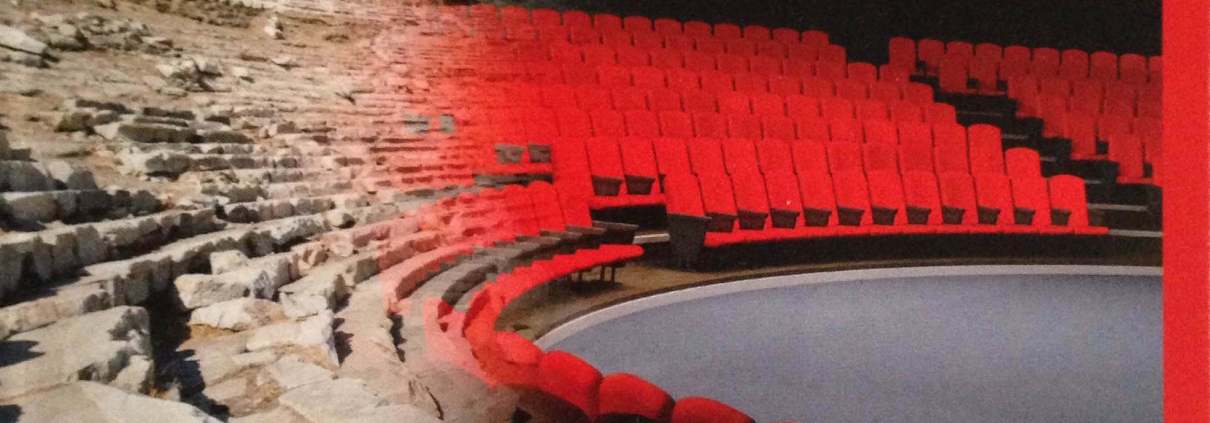The Grapes of Wrath (performance review)
Theatre Journal, 66.4
Opening section
The Grapes of Wrath begins without music. John Steinbeck began his 1939 novel by describing the formation of clouds of dust as they rose out of the dry, broken land in Oklahoma. The empty silences are almost palpable in the novel as the winds pick up, the skies darken, the sun goes red, and the farmers stand staring at the land, trying to figure what they are going to do next. In a way, however, both the novel and Frank Galati’s stage adaptation begin with music after all. For his book about workers traveling west, Steinbeck chose as his title a lyric from Julia Ward Howe’s “Battle Hymn of the Republic,” written in 1861. “Mine eyes have seen the glory of the coming of the Lord,” the song begins. “He is trampling out the vintage where the grapes of wrath are stored.” Steinbeck expected a majority of his readers to know the song, and it was printed in the book’s first edition. The form of the song, like the form of the novel, is a march: a protracted journey across a country filled with laborers who cannot find work. Far from Route 66 and seventy-five years after the novel’s first printing, the Asolo Repertory Theatre could no longer assume that audiences would know this music, but their adaptation is nonetheless a Grapes for our own time. The show started abruptly with the terrifying sound of a crash, one that continued for too long—so long, that defining the sound became impossible. Something was being crushed or uprooted, or perhaps something was being pushed off its foundation. The play began with this unsettling sound, but it was otherwise filled with the music of the 1930s: classic folksongs from the period divided up the play’s sequences and provided intermittent visions of utopian possibility amid the dry misery of the play’s setting.





Leave a Reply
Want to join the discussion?Feel free to contribute!